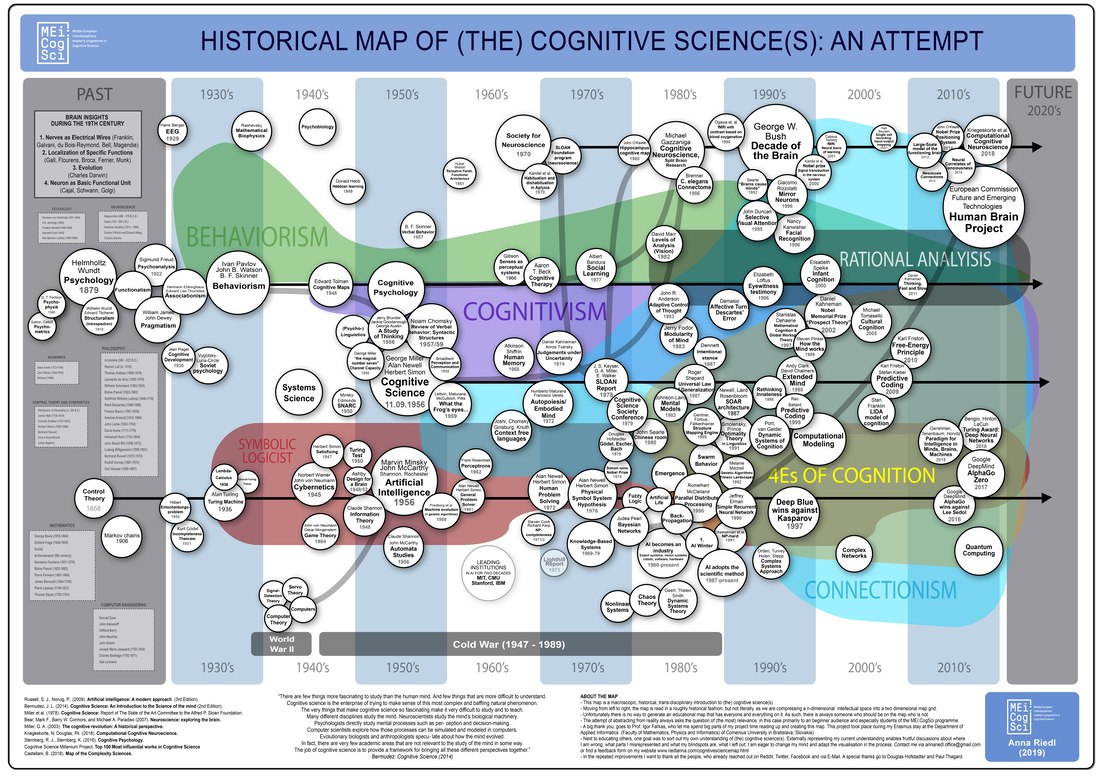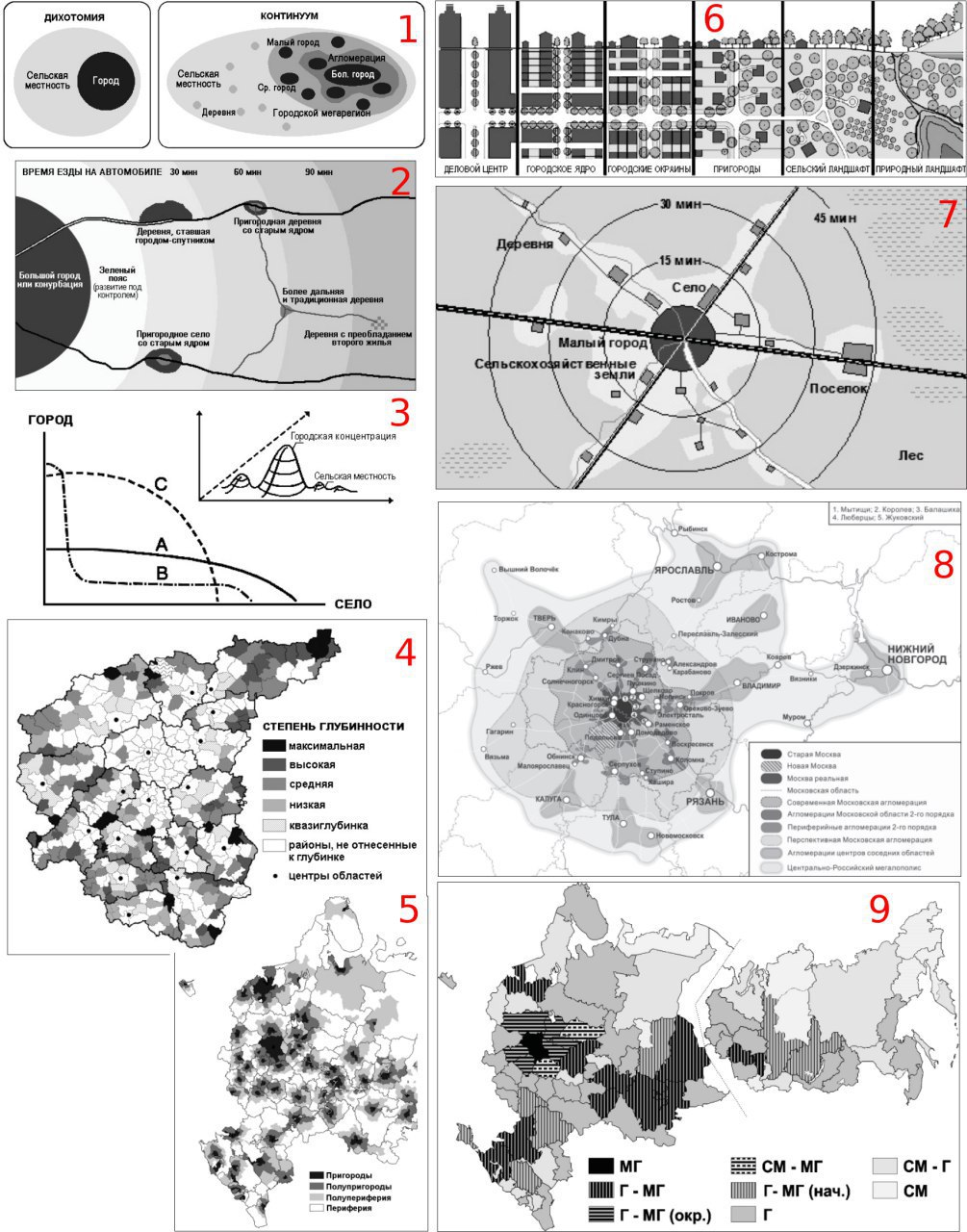Большинство сложных черт (от "шизотипичности" до роста и ИМТ) высоконаследуемы, но выявление отдельных генов, отвечающих за наследование, остается трудным.
Судя по данным, есть некоторое меньшинство "основных генов" расстройства (или какой-либо черты) и они вносят лишь небольшой вклад в наследуемость.
Так как регуляторные сети клетки взаимосвязаны, любой экспрессируемый ген имеет влияние на один из "основных генов", поэтому, к примеру, мы можем лишь осторожно говорить о генах шизофрении, лучше говорить о геноме, располагающем к шизофрении.
Все это называется Omnigenomic model of complex traits, опубликовано в Cell два года назад
An Expanded View of Complex Traits: From Polygenic to Omnigenic
https://www.cell.com/cell/fulltext/S0092-8674(17)30629-3In summary, for a variety of traits, the largest-effect variants are modestly enriched in specific genes or pathways that may play direct roles in disease. However, the SNPs that contribute the bulk of the heritability tend to be spread across the genome and are not near genes with disease-specific functions. The clearest pattern is that the association signal is broadly enriched in regions that are transcriptionally active or involved in transcriptional regulation in disease-relevant cell types but absent from regions that are transcriptionally inactive in those cell types. For typical traits, huge numbers of variants contribute to heritability, in striking consistency with Fisher’s century-old infinitesimal model.
To make sense of these observations, we propose an “omnigenic” model of complex traits (Figure 4). First, we assume that most traits can be directly affected by a modest number of genes or gene pathways with specific roles in disease etiology, as well as their direct regulators (Chakravarti and Turner, 2016). We refer to these as “core genes.” Such genes will tend to have biologically interpretable roles in disease, such as the roles of IRX3 and IRX5 in controlling adipocyte differentiation, with consequent effects on obesity (Claussnitzer et al., 2015), or the role of the C4 genes on synaptic pruning in development, thereby affecting schizophrenia risk (Sekar et al., 2016). Furthermore, when core genes are damaged by loss of function or other particularly damaging mutations, we can anticipate that these will tend to have the strongest effects on disease risk (although the actual degree of increased risk conferred by the largest effect-size mutations varies greatly across traits; Krumm et al., 2015, Marouli et al., 2017). In practice, the sorting of core genes from peripheral genes may be on a graduated scale, as opposed to a binary classification.
Second, we need to understand why core genes generally contribute just a small part of the total heritability and how most genes expressed in relevant cell types could make non-zero contributions to heritability. To resolve this, we propose that cell regulatory networks are highly interconnected to the extent that any expressed gene is likely to affect the regulation or function of core genes.
At this time, our understanding of cellular regulatory networks remains incomplete, but the relevant connections likely include all layers of interactions among cellular molecules, including transcriptional networks, post-translational modifications, protein-protein interactions, and intercellular signaling (Furlong, 2013). In particular cases, it has been possible to elucidate the most important wiring connections in gene regulatory networks that drive development or disease (Davidson, 2010, Chatterjee et al., 2016).















